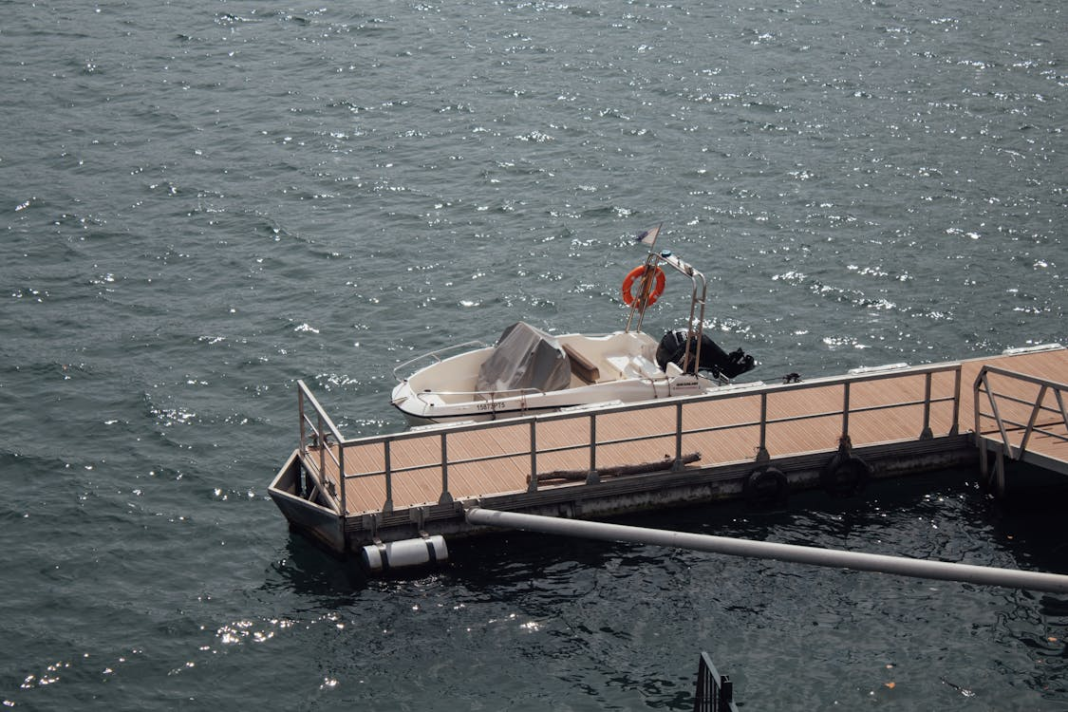Water platforms are essential for many activities — from fishing and boating to waterfront dining and recreation. But keeping these platforms stable and safe isn’t always easy. That’s where dock floats come into play. These simple yet effective components revolutionize how water platforms perform and protect those who use them. In this article, we’ll explore the many ways dock floats enhance both safety and functionality.
Dock Floats Defined and Their Role in Stability
Dock floats are buoyant devices attached beneath docks or water platforms. Made from materials like plastic or foam, they provide flotation and keep platforms afloat. Without them, docks would sink or be unstable, making them unsafe for users. Dock floats distribute weight evenly across the structure, preventing tipping or rocking that could lead to accidents. Their buoyancy adjusts to water levels, keeping platforms at a consistent height regardless of tides or waves. This stability is crucial for anyone walking or working on a dock.
Improved Safety Through Enhanced Buoyancy
One of the biggest safety benefits of dock floats is their reliable buoyancy. They prevent docks from submerging or swaying excessively. This reduces slips, trips, and falls, common dangers on unstable docks. When docks stay steady, it’s easier to load and unload boats safely. For families with children or elderly visitors, this peace of mind is invaluable. Dock floats also help platforms withstand harsh weather, minimizing the risk of sudden shifts or collapses during storms.
Durability of Dock Floats and Long-Term Safety
Modern dock floats are designed to resist damage from UV rays, chemicals, and marine life. This durability means the dock remains safe for years without frequent repairs. Old, worn-out floats can cause unexpected failures, so investing in high-quality dock floats protects users over time. Many floats feature sealed air chambers, preventing water ingress that would reduce buoyancy. This design keeps docks safe and functional in the long run.
Enhanced Functionality with Modular Dock Floats
Dock floats come in modular sections, allowing docks to be customized and expanded easily. This modularity makes maintenance simpler, too. If one float gets damaged, it can be replaced without dismantling the entire dock. Modular dock floats also help create different types of water platforms, from fishing piers to floating stages or swimming platforms. This versatility adds tremendous functional value to waterfront spaces.
Ease of Installation and Maintenance of Dock Floats
Installing dock floats is straightforward and doesn’t require heavy equipment. They can be secured to dock frames using bolts or straps, depending on the design. This ease of installation reduces downtime and labor costs. Maintenance involves occasional inspections for cracks or leaks and cleaning to prevent algae buildup. Because dock floats keep docks stable and dry, they also help preserve other dock materials like wood or metal from water damage. This adds to overall platform longevity.
Environmental Benefits Linked to Dock Floats
Dock floats help minimize the environmental impact of water platforms. Their buoyancy reduces the need for heavy pilings driven into the lake or seabed, which can disrupt ecosystems. Many floats are made from recyclable or eco-friendly materials, reducing pollution. By keeping docks afloat, dock floats also limit the amount of debris that collects underneath platforms, helping maintain cleaner water.
Conclusion
Dock floats play a vital role in making water platforms safe, stable, and versatile. They provide the essential buoyancy needed to support weight, resist weather, and adapt to changing water conditions. Their durability and easy maintenance ensure long-lasting performance. Modular designs increase functionality, allowing docks to serve many purposes.
